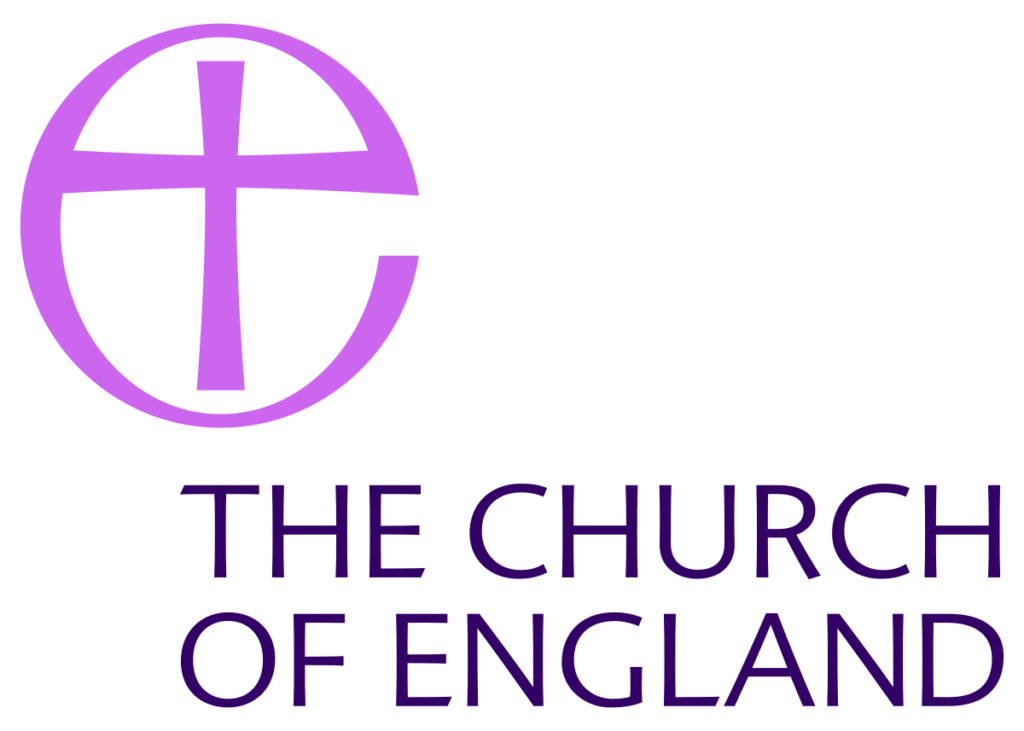
When the book of Jonah reports that God changed his mind over the destruction of Nineveh, the reason given for this decision was the repentance of the people. The idea of God changing his mind occurs in other parts of the Old Testament, notably in the story of Abraham pleading for the city of Sodom. The total number of righteous people in the city, which would justify its survival, is gradually negotiated down by Abraham’s pleadings. Both these accounts show that, for the writers of these books, the changing of decisions or opinion is something that happens. It is not something that has to be resisted at all costs. If God can be seen to repent of the decisions that he has made, then the same can occur for ordinary humans. It is certainly not to be regarded as a matter of shame or disgrace.
Why and when do people change their mind over decisions they have made? I think there are three main reasons, all of which are honourable. In the first place, an individual may obtain new information about a situation. This forces him or her to rethink what they have decided. Then there is the activity of another person, the persuader, as we see in the Abraham story. The art of persuasion or rhetoric is often able to shift a person’s decision, especially if it is done with skill. Finally, some people change their mind over something because they take the time to reflect about it. Attitudes and opinions seldom stay the same over periods of time. We know of course people for whom the opposite is true. It is a matter of pride that their opinions about other people and ideas remains firmly fixed and unchanged. I refer to them as the ‘what I always say’ brigade. This dogmatic frame of mind is not especially attractive as a human trait, but it is widely encountered in church circles.
In spite of the examples of God changing his mind in the pages of Scripture, most people find it difficult to change their minds once they have made a decision. We may suggest a number of reasons for this. One is that it is thought to be a sign of weakness not to maintain an opinion or attitude once it has been clearly stated. Fixed opinions are considered to be a sign of human strength. Strong unchanging convictions are widely celebrated in some Christian circles. It is also a source of pride for some to say ‘I am never wrong in my opinions’. Groups of people with strong unyielding opinions also gain much self-esteem in belonging to groups that cannot and will not falter in their convictions. Many Christians gravitate to such groups. These are often associated to what we would broadly describe as a conservative approach to the Bible. Many so-called Bible believers hold on to a single version of the truth thought to be revealed in Scripture. When beliefs are held in this way, it does not allow for much in the way of flexibility of thought or the ability to change one’s mind about anything.
Over the past week we have seen a welcome change of mind on the part of the Archbishop of Canterbury. This change of mind is connected with comments he made about George Bell, the late Bishop of Chichester, who died in 1958. Bell’s memory had been tainted by the suggestion that he had been responsible for a case of child abuse in the early 50s. Welby’s apology and change of mind over his remarks has allowed a great man’s memory to be recovered for the future. My own interest and concern for Bell’s reputation goes back to the time when I knew him, or, rather learnt to recognise him as he strode across the precincts of Canterbury during the last months of his life. In some way this slight personal contact has made me solicitous for his memory. It is unnecessary for us to speculate on the real reasons for Welby’s change of mind. We just need to accept it and be grateful for it.
In the world of safeguarding there are other current examples of injustice which cry out to be resolved, if only the accusers would carefully examine all the evidence and follow through, without endless hold-ups, to act on what that evidence tells us. One case that is never far from this blog is the situation at Christ Church Oxford and the involvement of the Church in the dispute. The state of play there has reached a kind of impasse between the Dean, the Bishop of Oxford and the NST. Various church investigations have taken place, and these have all concluded that there are no further steps to be taken in the investigation of Percy’s behaviour by the Church. Martin Sewell in a question at General Synod on Tuesday afternoon summed up the situation very succinctly and well. He asked: ‘Would the Church be ‘stating unequivocally and clearly that, from the point of view of the national church, there is currently no impediment to the Dean of Christ Church resuming his ministry as soon as his health allows it’. https://www.youtube.com/watch?v=u7rAldeH2Oc question comes at 4 hr 11 min Sewell was doing two things simultaneously with this question. His first challenge was to the church authorities, asking them to state clearly if there were other accusations against the Dean, not so far aired, and which justify seeing him as a continuing safeguarding risk. If there were, this might explain the endless delays in the church legal processes. He was also pointing out that, as far he could see, the legal processes of the Church against the Dean were now exhausted, leaving no justifiable reason in church law for continuing to enforce impediments against the Dean. it is important to understand that the rules applied at General Synod Question Time are very restrictive and strictly enforced. The point has to be made in two or three sentences. Had he more time, Sewell might have highlighted what some of us know.
If there were any serious concern in the Bishop of Oxford’s mind that the Dean presents a risk of sufficient weight to justify the extraordinary strictures imposed upon him by the College and Cathedral, he and the National Church institutions have available to them the provisions of the 2016 Safeguarding Clergy Risk Assessment rules by which a proper independent professional would both define what “the risk” is supposed to be ( which nobody has yet put in the public domain ) and what proportionate steps – if any – are needed to manage it.
Currently the Bishop clings to a highly discredited set of risk assessments prepared by nobody with expertise, both hostile to the Dean and who attributed their work to persons who denied all knowledge of it.
The fifteen seconds that followed Sewell’s question were instructive to watch. Bishop Jonathan Gibbs, as the lead bishop for safeguarding, came up with the official response. What he actually said about going by the book in the way the Church operated in these matters, was not addressing the point that Sewell had raised. Before giving this non-answer, the Bishop appeared mute. He looked around for help to answer the question, but nothing was offered. it was clear that neither he nor any of the lawyers or church officials had any proper responses to Sewell’s question. We are left to conclude that there is currently no legitimate reason for the Church authorities to collude and cooperate with the bullying and persecution of the Dean by members of the College Governing Body. The truth of the situation is that the Church nationally has been sucked into a whirlpool of professional jealousies within the College and aided and abetted by factions within the Diocese of Oxford. This is proving impossible to resolve in the absence of decisive leadership and a strong grasp of the principles of justice. Bishop Jonathan is not senior enough within the system to make the necessary decisions to sort out this problem. Change in the situation can only come from authority higher than he represents. Tuesday afternoon showed that he had no answers and none to suggest. There needs to be a readiness on the part of those senior to him to be prepared, as Archbishop Welby has done, to engage in a decisive change of mind. Someone in the Church needs to ‘repent of the evil that he had purposed’ against the Dean of Christ Church so relationships and morale can be restored.
Archbishop Welby has set an example to the whole Church that it is possible to be wrong and be prepared to admit to it. I hope and expect that many people have welcomed this gesture. In the safeguarding world it is particularly welcomed, especially if it proves to be the beginning of a trend to openness and justice in the Church. Church leaders, from archbishops downwards, know how much harm has been done by refusing to engage with the fact that people in authority get things wrong, sometimes tragically wrong. The Archbishop has asked for a leaner, humbler church. What better place to start that with a Church takes really seriously the place of apology, the place where there is no shame in saying publicly ‘Sorry I got it wrong; let me try my best to put it right.’ That is what is urgently required in the Christ Church tragedy to help restore integrity to the entire body.








